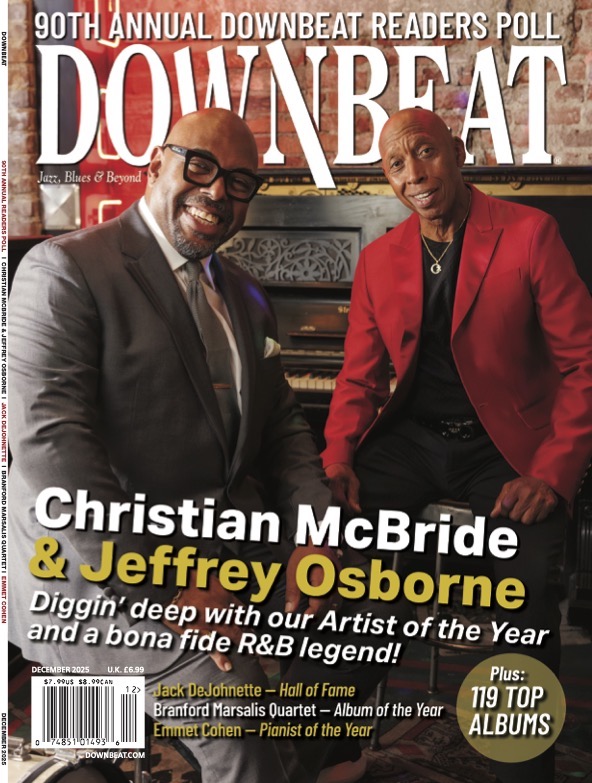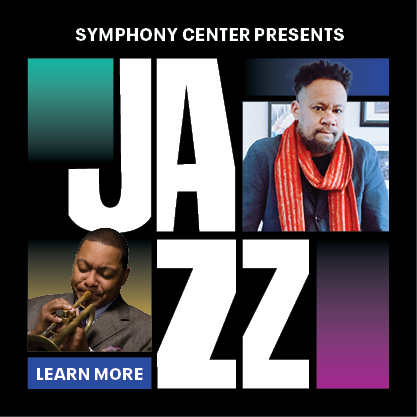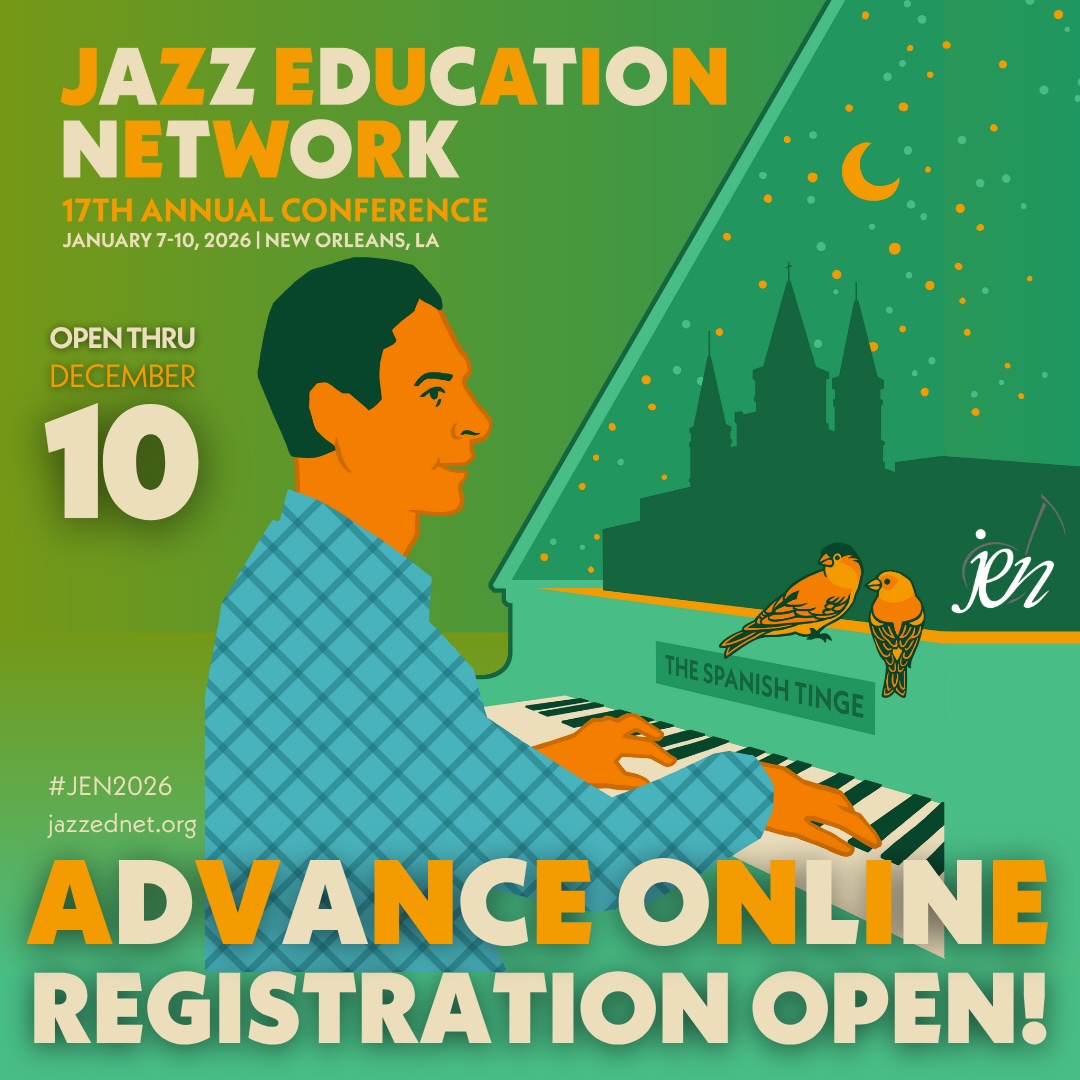Oct 28, 2025 10:47 AM
In Memoriam: Jack DeJohnette, 1942–2025
Jack DeJohnette, a bold and resourceful drummer and NEA Jazz Master who forged a unique vocabulary on the kit over his…
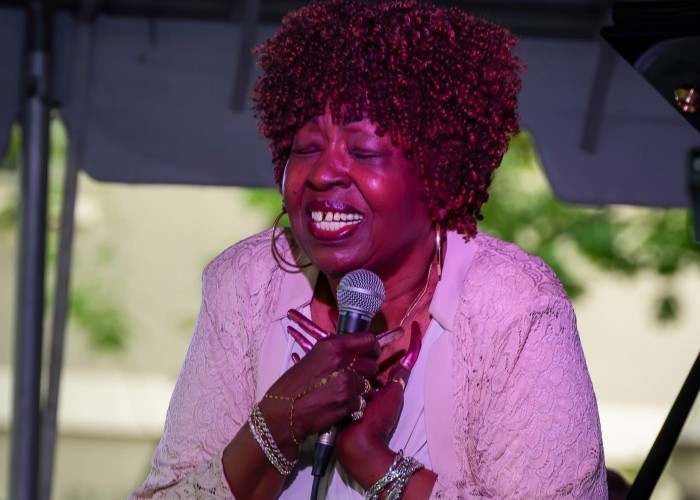
“That is Heaven right here on Earth,” said vocalist Faye Carol of Ella Fitzgerald with Duke Ellington.
(Photo: James Whittlesey)A San Francisco Bay Area hero for many decades, singer-educator Faye Carol has interpreted songs culled from numerous genres through the prism of the blues. “Miss Faye,” as she’s known, articulated the aesthetics that animate her artistry during her first DownBeat Blindfold Test, held live at the Healdsburg Jazz Festival on June 15.
Cassandra Wilson
“Dust My Broom” (Loverly, Blue Note, 2007) Wilson, vocals; Marvin Sewell, guitar; Jason Moran, piano; Lonnie Plaxico, bass; Herlin Riley, drums; Lekan Babiola, percussion; Robert Johnson, composer.
Cassandra Wilson, I believe “I’ll Dust My Broom.” The guitar player kind of sounds like Stevie Ray Vaughan, though it’s not. It’s a bit overbearing. I like the feel of the groove. I’m not crazy about this approach, but I feel where it’s coming from. Whatever you’ve got to do to keep the blues alive and well, that’s what I want you to do. [You both grew up in Mississippi.] I lived in Mississippi as a young girl, and I’d hear old blues people or gospel quartets in the train station. The turnarounds fascinated me. How does everybody get back to the same place, no matter what they’re doing? I liked it without really knowing what it was. To this day, it’s in there.
Dee Dee Bridgewater/Bill Charlap
“Mood Indigo” (Elemental, Blue Note, 2025) Bridgewater, vocal; Charlap, piano.
“Mood Indigo,” Dee Dee Bridgewater. I understand her diction. I like her feel for what the lyrics portray. The piano sounds Duke Ellington-ish. The accompaniment is minimalist, but right on the changes. [piano solo] The pianist knows something about the history. I like Dee Dee’s control of her voice. They understand this song very well. They listened to each other, and it came across. They make a good musical couple.
Eddie Jefferson
“Body And Soul” (Body And Soul, Prestige, 1968) Jefferson, vocal, alternate lyrics; Barry Harris, piano; Steve Davis, bass; Bill English, drums; James Moody, tenor saxophone; Dave Burns, trumpet.
[first 4 bars] Eddie Jefferson! “Body And Soul.” I don’t think you’re going to play anything else I’m going to like better than that. Eddie Jefferson is one of our most underrated cats. His lyrics portray Coleman Hawkins’ solo so well. Anything he approaches will be swinging and happening! I learned about him through King Pleasure, who I liked, but was a little benign for me. Eddie Jefferson had that ghetto feeling, that not-taught feeling that came from his gut and the times he lived in. His street-level scatting inspired me to try to learn how to scat and take the challenge of trying to come up with some lyrics.
Ryan Truesdell and Gil Evans Project
“Laughing At Life” (Shades Of Sound, Outside in Music, 2014/2025) Wendy Gilles, vocal; Gil Evans, arranger; Tom Christensen, tenor saxophone; Steve Wilson, alto saxophone; Augie Haas, trumpet; Lewis Nash, drums; plus others.
I like the band a lot, bebop-influenced, a vibe of the ’50s with a feel of the now. I like the arrangement. The tempo makes you want to pat your foot. Lewis Nash was the drummer? I think he had a little to do with that! The singer was in there. I would have loved to feel that she was leading the band as opposed to the band leading her.
Shirley Horn
“I Got It Bad And That Ain’t Good” (Lazy Afternoon, Sony/CBS, 1986) Horn, vocals, piano; Charles Ables, bass; Steve Williams, drums.
The incomparable Shirley Horn. I love her harmonic sense, her alternate changes, the way she plays and accompanies herself, her time feel, how she uses dynamics, how she draws you in — everything about it. She can draw out a phrase for two months. You have to be a really good ensemble player to play with her, I would think, because of how she slows the time and sometimes accelerates a little. She lets the song breathe. I hardly ever say this, but she knows what the hell she is doing.
Mark Murphy
“In The Evenin’” (Memories Of You: Remembering Joe Williams, High Note, 2003) Murphy, vocal; Bill Easley, tenor saxophone; Norman Simmons, piano; Daryl Hall, bass; Grady Tate, drums.
Is Rahsaan Roland Kirk playing tenor? Is the singer Kurt Elling? [afterwards] I wasn’t crazy about the singer because the blues didn’t need all those crooks and turns. Just sing the blues. Any time somebody is trying to sing a blues, it’s OK. But it wasn’t my cup of tea. The rhythm section was fine, but sounded a little standard; I especially like pianists to have a bit more blues flavor in their accompanying. The saxophone player to me had the most blues feeling of the whole group.
Jimmy Witherspoon
“Tain’t Nobody’s Business If I Do” (Singin’ The Blues, World Pacific, 1956) Witherspoon, vocal; Harry “Sweets” Edison, trumpet; Teddy Edwards, Jimmy Allen, tenor saxophones; Hampton Hawes, piano; Jimmy Hamilton, bass; Jimmy Miller, drums.
I love Jimmy Witherspoon. To me, that’s just the blues. Pure and simple. His singing was simple, right to the point. And I love that trumpet. Harry “Sweets” Edison? He just set it off. Hardly anyone does that anymore. I didn’t think it was recorded the best, because I heard a lot of reverb on his voice. But I loved them both.
Ella Fitzgerald/Duke Ellington
“Cottontail” (Ella And Duke At The Cote D’Azur, Verve, 1966/1997) Fitzgerald, vocals; Paul Gonsalves, tenor saxophone solo; Duke Ellington, piano; John Lamb, bass; Sam Woodyard, drums; plus others.
There will never be another Ella Fitzgerald. Was that Ellington’s band? Paul Gonsalves? Oh, my God! Those two together are like a superhuman force. My God, that’s stupendous. There’s nothing you can say about it, but go listen, and listen again and learn something, and go listen again, and keep on listening. Ella Fitzgerald could sing anything in a pure state. She could state a ballad beautifully, without any embellishment, but when she’s ready to turn that phrase, it’s perfect. She had impeccable taste. And she could hang with the best of the boys. She did not take a backseat. She is totally captivating in Duke Ellington’s band. They sounded like one unit, all the way across. Was Sam Woodyard the drummer? That is Heaven right here on Earth. DB
The “Blindfold Test” is a listening test that challenges the featured artist to discuss and identify the music and musicians who performed on selected recordings. The artist is then asked to rate each tune using a 5-star system. No information is given to the artist prior to the test.
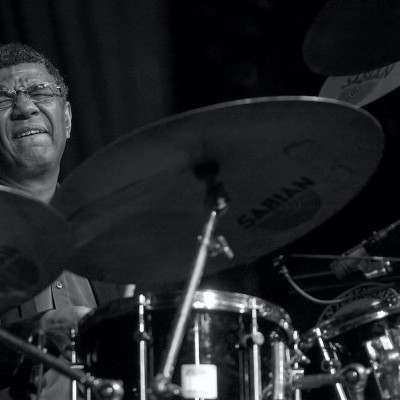
Jack DeJohnette boasted a musical resume that was as long as it was fearsome.
Oct 28, 2025 10:47 AM
Jack DeJohnette, a bold and resourceful drummer and NEA Jazz Master who forged a unique vocabulary on the kit over his…
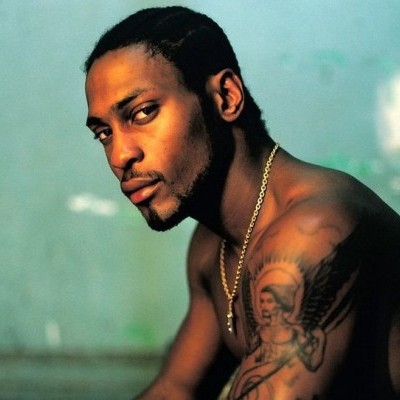
D’Angelo achieved commercial and critical success experimenting with a fusion of jazz, funk, soul, R&B and hip-hop.
Oct 14, 2025 1:47 PM
D’Angelo, a Grammy-winning R&B and neo-soul singer, guitarist and pianist who exerted a profound influence on 21st…
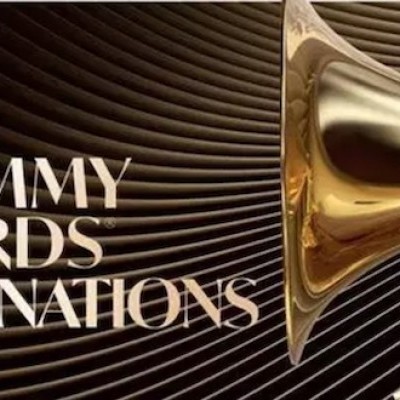
To see the complete list of nominations for the 2026 Grammy Awards, go to grammy.com.
Nov 11, 2025 12:35 PM
The nominations for the 2026 Grammy Awards are in, with plenty to smile about for the worlds of jazz, blues and beyond.…
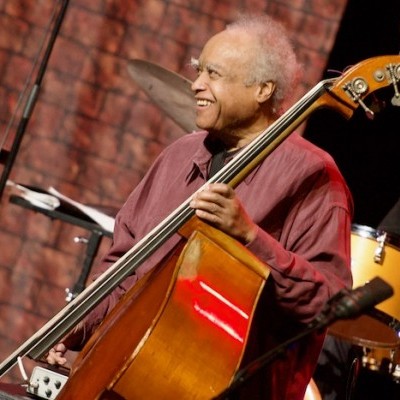
Drummond was cherished by generations of mainstream jazz listeners and bandleaders for his authoritative tonal presence, a defining quality of his style most apparent when he played his instrument unamplified.
Nov 4, 2025 11:39 AM
Ray Drummond, a first-call bassist who appeared on hundreds of albums as a sideman for some of the top names in jazz…
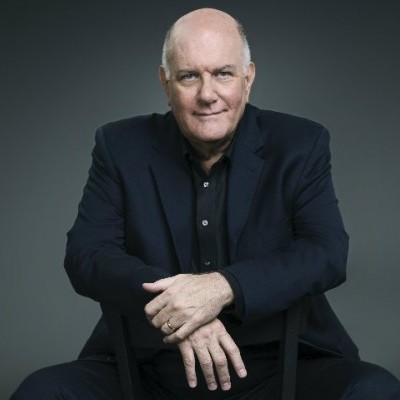
Jim McNeely’s singular body of work had a profound and lasting influence on many of today’s top jazz composers in the U.S. and in Europe.
Oct 7, 2025 3:40 PM
Pianist Jim McNeely, one of the most distinguished large ensemble jazz composers of his generation, died Sept. 26 at…

